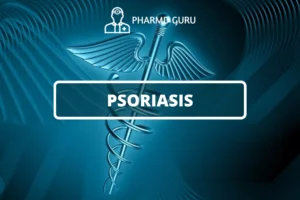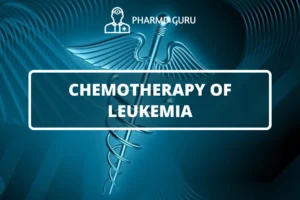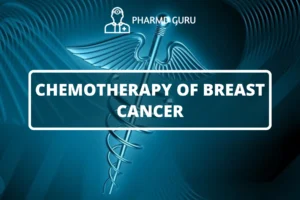Cancer chemotherapeutic agents, commonly known as chemotherapy drugs, are a cornerstone of cancer treatment. They are designed to target and destroy cancer cells or inhibit their growth. This article provides a general introduction to cancer chemotherapeutic agents, explaining their mechanisms of action, administration routes, common side effects, and their role in combination therapy.
SCROLL DOWN TO THE BOTTOM OF THIS PAGE FOR ACTUAL NOTES.
Table of Contents
- Introduction
- Mechanisms of Action
- Administration Routes
- Common Side Effects
- Combination Therapy
Introduction
Cancer chemotherapeutic agents are a diverse group of drugs that work by interfering with the growth and division of cancer cells. They can be used as the primary treatment modality or in combination with other treatments, such as surgery or radiation therapy, depending on the type and stage of cancer. Chemotherapy drugs can be administered orally, intravenously, topically, or through other routes.
Mechanisms of Action
Cancer chemotherapeutic agents exert their effects through various mechanisms. Some drugs directly damage the DNA or RNA within cancer cells, preventing their replication. Others disrupt specific cellular processes necessary for cancer cell growth and survival, such as protein synthesis or cell division. Different drugs target different vulnerabilities of cancer cells, making combination therapies effective in combating the disease.
Administration Routes
Cancer chemotherapeutic agents can be administered through different routes, depending on the specific drug and treatment plan. The most common administration routes include:
- Intravenous (IV) Administration: Many chemotherapy drugs are given intravenously, allowing for direct delivery into the bloodstream. This route enables the drug to reach cancer cells throughout the body.
- Oral Administration: Some chemotherapy drugs are available in pill or liquid form, allowing patients to take them orally at home. This route offers convenience but may have specific requirements, such as fasting or avoiding certain foods or medications.
- Topical Administration: Certain chemotherapy drugs come in the form of creams, gels, or ointments that can be applied directly to the skin. This approach is commonly used for skin cancers or localized lesions.
- Intramuscular (IM) or Subcutaneous (SC) Injection: In some cases, chemotherapy drugs may be administered through injections into the muscle or beneath the skin. This route allows for sustained release of the drug and avoids gastrointestinal absorption.
Common Side Effects
Chemotherapy drugs can have side effects due to their effects on both cancerous and healthy cells. Common side effects may include:
- Nausea and vomiting
- Hair loss
- Fatigue
- Bone marrow suppression, leading to decreased blood cell counts
- Gastrointestinal disturbances
- Skin changes
- Neurological effects
- Increased susceptibility to infections
It is important to note that not all patients will experience the same side effects, and supportive care measures are available to manage and alleviate these effects.
Combination Therapy
Combination therapy, the use of multiple chemotherapy drugs in a coordinated treatment plan, is often employed to enhance treatment effectiveness. Different drugs may have synergistic effects, targeting cancer cells through multiple mechanisms and reducing the likelihood of resistance. Combination therapy can improve treatment outcomes and increase the chances of long-term remission.
ACTUAL NOTES:




